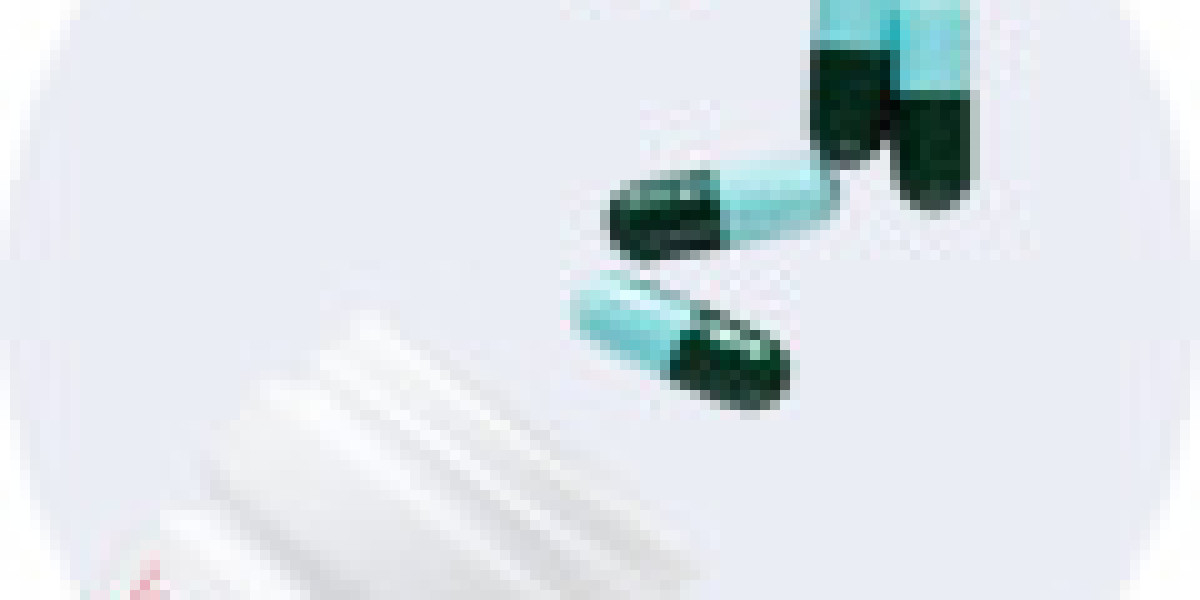Evaluating the quality of surfactants from surfactant supplier requires a combination of technical testing, supplier qualification verification, and practical application validation. Here’s a structured approach:
1. Core Technical Index Testing
These indices directly reflect the performance and stability of surfactants.
Basic physical and chemical properties: Test active content (key indicator of effectiveness), pH value (affects compatibility with other ingredients), viscosity (related to product processing), and appearance (color, clarity, presence of impurities).
Functional performance: Evaluate surface tension reduction ability (core function), foaming and foam stability (critical for cleaning products), emulsifying capacity (for formulations like lotions), and wetting speed (important for textile/coating applications).
Stability testing: Assess thermal stability (resistance to high/low temperatures during storage/use) and chemical stability (compatibility with acids, alkalis, or other additives in target formulations).
Safety indicators: Detect harmful impurities such as heavy metals, residual solvents, or toxic by-products, especially for surfactants used in food contact or personal care products.
2. Supplier Qualification and Credibility Verification
Supplier background directly impacts product quality consistency.
Certification documents: Check ISO quality management system certifications, RSPO certification (for plant-based surfactants), and compliance certificates for industry-specific standards (e.g., FDA approval for food-grade products).
Production and R&D capabilities: Verify production scale, equipment advanced level, and R&D team strength. surfactant supplier with independent laboratories and customization capabilities are more reliable for complex needs.
Historical performance: Investigate customer reviews, cooperation cases with well-known enterprises, and whether there are records of quality complaints or recalls.
Quality control system: Confirm if the supplier has complete incoming inspection, in-process testing, and outgoing inspection procedures to ensure batch consistency.
3. Practical Application Validation
Laboratory data must be verified in real scenarios.
Small-batch trial: Incorporate the surfactant into your final product (e.g., detergent, cosmetic lotion) and test overall performance, such as cleaning effect, texture, or shelf life.
Batch consistency test: Compare samples from different batches of the same product to check for variations in indices like active content and viscosity.
Long-term use observation: Track product stability during long-term storage and actual use to identify potential issues (e.g., foaming degradation, color change).
4. Cost-Effectiveness Assessment
Quality should be balanced with economic feasibility.
Compare the effective performance per unit cost of surfactants from different surfactant supplier. A product with higher active content may be more cost-effective despite a higher unit price.
Consider additional costs such as transportation, after-sales service (e.g., technical support for formulation adjustments), and risk costs (e.g., quality failure losses).
검색
인기 글








